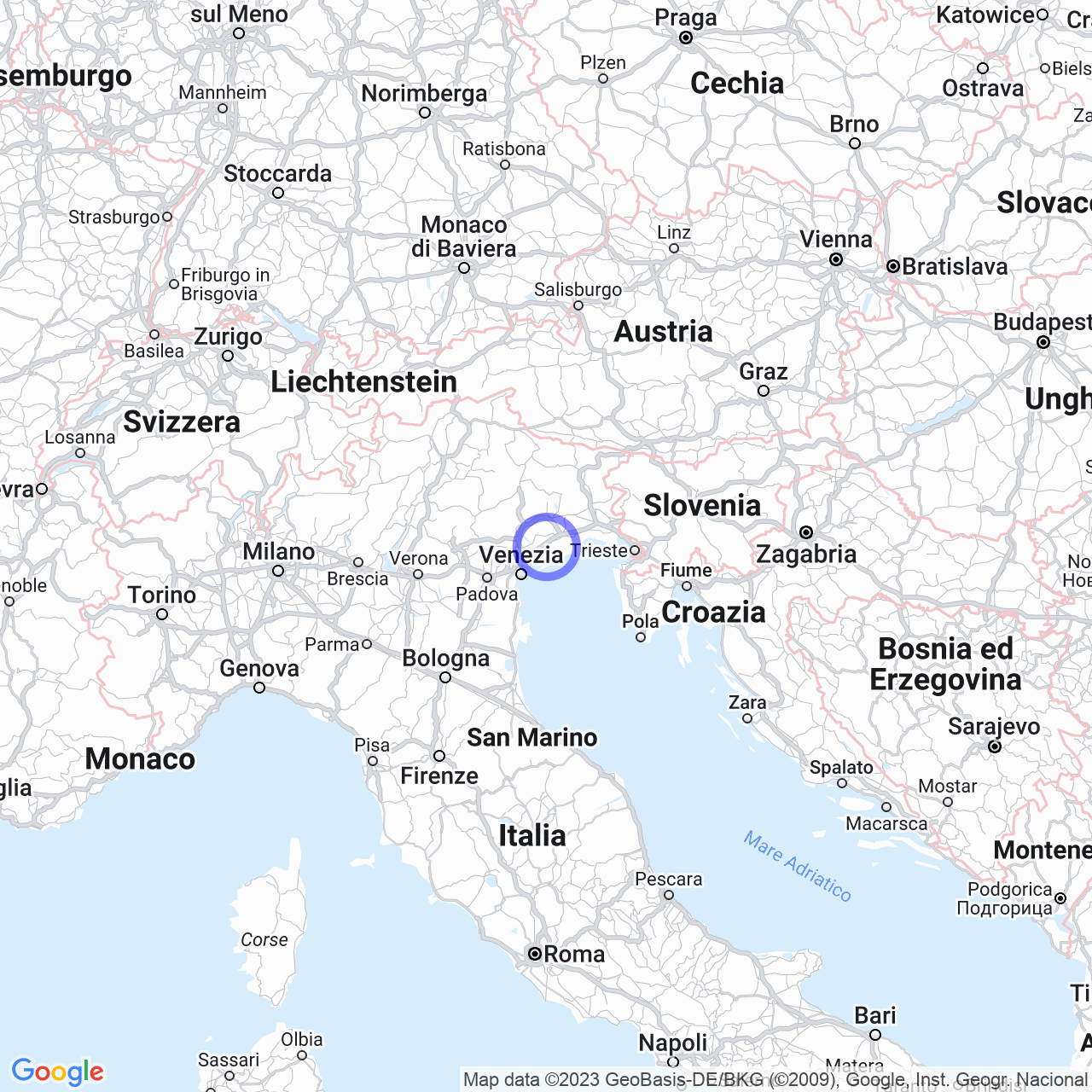Ceggia
Ceggia: a town with ancient and fascinating origins
Ceggia, also known as Seja in the Venetian language, is a municipality in the Veneto region of the metropolitan city of Venice with a population of 6,110. The origins of this town are very ancient and fascinating. In this text, we will discover together its history and the main curiosities about Ceggia.

Origins
A village on the shores of the Adriatic
The name Ceggia derives from the Latin Cilia maris or Cilium maris, meaning "shore of the sea." Ceggia was a village on the shores of the Adriatic where the main nucleus of the town was formed. However, the hamlet of Gainiga has Roman remains that testify to life in these lands. In fact, the Annia road, built by Tito Annio Lusco in 153 BC, passed through here and still follows Via Colonne and Via Anarè today. Various Roman objects, such as coins, amphorae, and rest stops, have been found here, suggesting that this area was very popular in the past.
Medieval period
With the end of the Roman era, the entire surrounding area degraded, including the Roman works and the surrounding lands. With the barbarian invasions and the Lombards, the lands gradually gave way, and the seawaters advanced. In 988, in an imperial placito, we find the toponym Gaieniga, which derives from the term Gahagi, meaning "forest, hedgerow." The toponym Rivazancana also dates back to this period, precisely to 1024, in the pact of Cittanova, where we find the word Rivo cancani, which derives from the German word zanka, meaning embankment.
Renaissance
In 1317, Ceggia was included in the inventory of the Da Camino family of Oderzo's properties, while in 1389, it became part of the Serenissima Republic of Venice. In this period, the first chapel was built in Vitale di Milano. Many Venetian noble families also arrived during this period, such as the Loredans and Zenos, who built a villa designed by Andrea Palladio. In 1797, with Napoleon's conquest, the Republic of Venice fell, and Ceggia, along with the rest of the Veneto region, became part of the Austrian government. With the Napoleonic and Austrian jurisdictions, many novelties were introduced, including the creation of the municipality, the reclamation of many lands, and the recovery of many Roman structures. Ceggia thus became part of the San Donà di Piave district, and its municipal council was composed of the major local landowners.
Curiosities of Ceggia
The Roman bridge
Ceggia boasts the presence of the Roman bridge, still exposed in its original location. This is one of the many artifacts that testify to the Roman era.
The funerary stela
Another testimony of the Roman era is the funerary stela found in the 1980s by a farmer in Via Noghera while cultivating the land. This is on show at the archaeological museum of Venice.
The villa of Andrea Palladio
In Ceggia, there is a villa designed by Andrea Palladio, which is part of Italy's cultural heritage. The villa belonged to the Zeno family of Venice and is one of the best-preserved examples of local Renaissance architecture in Venice.
Conclusions
In conclusion, Ceggia is a small town with a great historical and cultural treasure. Its history dates back to the Roman era and presents numerous archaeological testimonies. Today, Ceggia is a lively and dynamic municipality capable of offering its visitors many curiosities and attractions, such as the villa designed by Andrea Palladio. If you have the opportunity to visit Ceggia, do not miss the opportunity to discover its history and admire its cultural treasures.
